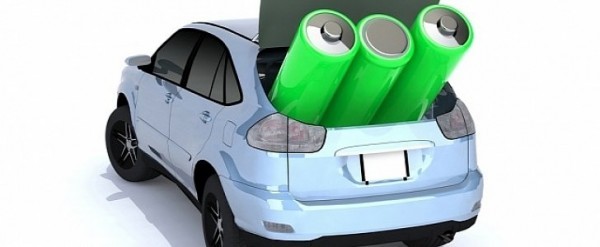
The concept was born in 1980 as the Lithium Cobalt Oxide cathode battery, but it was not until 1991 that the first commercial use of it was made by Japanese company Sony.
Because neither Goodenough nor the chemistry lab of the Oxford University where he worked filed for a patent for the invention, every company doing business in electronics began taking aim at creating their own versions of the technology. Needless to say, neither Goodenough nor Oxford profited from the immense success of the invention made decades ago.
Over the year, the concept grew to comprise a huge number of versions, depending on the chemicals they use. Batteries in handheld electronics mostly use lithium cobalt oxide (LiCoO2), while the automotive industry went for lithium nickel manganese cobalt oxide (LiNiMnCoO2 or NMC).
Although far from being entirely safe – from time to time, depending on various factors, they have been known to blow up or catch fire – lithium-ion technology is currently the best option when it comes to providing the desired range and recharging capabilities to an electric vehicle.LITHIUM-ION BATTERIES
Lithium-ion batteries are comprised of the positive and negative electrodes called anode and cathode, and an electrolyte. As you know from school, the electric current must travel between the two electrodes in a friendly medium, which in this case is the electrolyte.
The electrolyte comes in the form of a liquid in lithium-ion batteries. It may be anything from lithium salts, such as LiPF6, LiBF4 or LiClO4 or organic solvents, such as ethylene carbonate, dimethyl carbonate, and diethyl carbonate.
The electrolyte's main role is to acts as a conductive pathway for the movement of electricity passing from the negative to the positive electrodes during discharge.
Thanks to the way in which they are constructed, Li-Ion batteries come with enough charge density to make them useful in a wide range of industries, from smartphones to electric cars.
A breakthrough as it was when it was introduced, the lithium-ion battery is almost at its full potential. There’s only so much storage one can squeeze out of them to give electric cars more range, meaning that the 500 km (310 miles) most of the EVs out there are capable of is at the top end of what this type of battery can provide.
What's needed is a more potent technology, one that increases the achievable range of the electric car to possibly double the size. SOLID STATE BATTERIES
Just like the lithium-ion, solid-state batteries are comprised of the positive and negative electrode and an electrolyte. The only difference, and a big one at that is that the electrolyte is not a liquid, but a solid. These solid materials can be anything from ceramics to glass or lithium sulfide.
Work on this type of battery has been going on ever since the 1950s, but little progress has been made so far.
For the automotive industry, the full-scale implementation of it would mark a major step forward. A solid-state battery has a higher energy density, enhanced safety, and better fast charging capability. It is also much smaller than current technologies used in electric vehicles.
The big problem with them is that they are extremely expensive to make. For decades now, Toyota is working on the development of such a technology and plans to introduce them to the market no sooner than 2022.
A prototype it presented in 2010 could be safely used at temperatures above 212 degrees Fahrenheit (100 degrees Celsius), a level that would cause the liquid electrolytes in existing li-ion batteries to boil over.
Volkswagen too announced last month that it is accelerating its efforts of making a solid-state battery. In its case, the launch of the battery is expected to take place by about the same time as Toyota.
Volkswagen says the battery it is working on would more than double the range of an E-Golf from 300 km to 750 km (186 to 466 miles).








